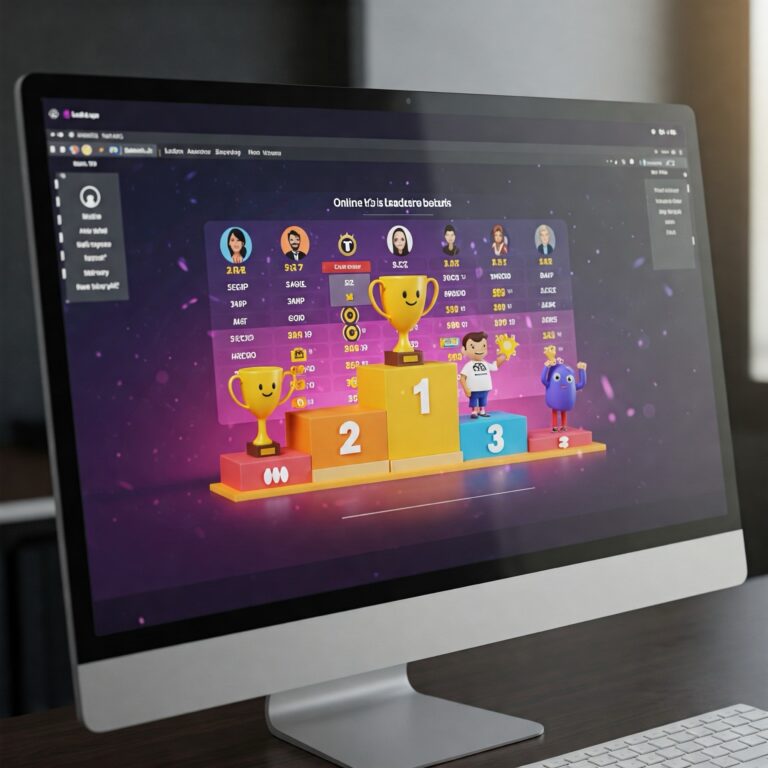Introducing the Useful Tools Project: Make Sense of Your Finances and Energy Without Losing Your Mind
Introducing the Useful Tools Project: Empowering You to Take Control of Your Finances and Energy Usage
In these challenging times, managing finances and keeping track of energy consumption has become more important than ever. Many of us are facing financial hardships—rising living costs, unexpected expenses, or fluctuations in income—that can make it difficult to stay on top of our budgets. It can feel overwhelming trying to balance bills, monitor energy use, and make informed decisions that positively impact both our wallets and the environment.
That’s why I’m excited to introduce the Useful Tools Project, a collection of free, easy-to-use calculators designed to simplify financial planning and energy management. My goal is to provide resources that help alleviate some of the stress associated with managing personal finances and energy consumption, giving you the tools to make informed decisions with confidence.
Understanding the Challenges
Financial hardship can affect anyone. Whether it’s dealing with mounting bills, striving to reduce energy costs, or trying to save for the future, these challenges can take a toll on our well-being. The complexity of financial calculations and energy monitoring often adds to the stress, making it hard to know where to begin.
The Useful Tools Project was created with these struggles in mind. By offering straightforward calculators, I hope to demystify complex calculations and empower you to take control of your financial and energy-related decisions.
Your Toolkit for Financial and Energy Management
Allow me to introduce the calculators included in the project and explain how they can assist you:
1. Installment Plan Calculator
Purpose: Helps you plan and manage installment payments for outstanding balances. This is a very simple installment plan calcualtor that does not take interest into account. If that’s somthing you are interested in please reach out and let me know.
How It Can Help:
- Budgeting Debt Repayments: Create a manageable payment plan that fits your financial situation.
- Visualizing Payment Timeline: Understand how long it will take to pay off your balance under different scenarios.
How to Use:
- Enter your current balance.
- Specify a start date for your payment plan.
- Input your expected monthly usage payments (e.g., ongoing utility costs).
- Enter the amount you can allocate toward the installment plan.
- View the results, including total monthly payment, number of installments, estimated end date, and final payment amount.
- Explore suggested plans for 12, 18, and 24 months to find an option that works best for you.
2. Income and Expenses Calculator
Purpose: Assists you in tracking your income and expenses to understand your financial standing.
How It Can Help:
- Budget Creation: Gain a clear picture of your financial inflows and outflows.
- Expense Analysis: Identify areas where you might cut costs or adjust spending.
How to Use:
- List all income sources and their amounts.
- Itemize your expenses, including necessities and discretionary spending.
- Review the summary to see your total income, total expenses, and remaining balance.
3. Energy Cost Calculator
Purpose: Estimates the cost of your energy usage over a specific period.
How It Can Help:
- Expense Forecasting: Anticipate your energy costs to avoid surprises.
- Usage Awareness: Understand how consumption impacts your bills.
How to Use:
- Enter the start and end dates for the period you’re reviewing.
- Input unit rates for electricity and gas.
- Enter the number of units consumed for each energy type.
- Specify daily standing charges for electricity and gas.
- Receive a detailed breakdown of total cost, as well as average daily, monthly, and yearly costs.
4. Energy Use Calculator
Purpose: Calculates your energy usage and associated costs based on meter readings.
How It Can Help:
- Consumption Monitoring: Track actual energy usage over time.
- Cost Management: Identify opportunities to reduce energy consumption and save money.
How to Use:
- Enter the start and end dates.
- Input your start and end meter readings for electricity and gas.
- Provide unit rates and daily standing charges.
- View the calculations of total energy usage, costs for the period, and average costs.
5. Tariff Comparison Tool
Purpose: Compares different energy tariffs to find the most cost-effective option.
How It Can Help:
- Cost Savings: Potentially lower your energy bills by choosing a better tariff.
- Informed Decisions: Base your choice on clear, comparative data.
How to Use:
- Enter your typical energy usage for electricity and gas.
- Add details for each tariff you’re considering, including names, standing charges, and unit rates.
- Compare the results showing annual and monthly costs for each tariff, with the cheapest option highlighted.
6. Burns Test
Purpose: Analyzes your daily energy consumption patterns over a week.
How It Can Help:
- Pattern Identification: Spot trends or spikes in energy usage.
- Behavioral Adjustments: Make informed changes to reduce consumption.
How to Use:
- Record your meter readings at the same time each day for seven days.
- Enter the readings into the calculator.
- Review your daily usage and total usage for the week.
7. Agreed Reads
Purpose: Calculates proposed meter readings for a specific date based on historical usage.
How It Can Help:
- Billing Alignment: Estimate readings for synchronization with billing cycles.
- Proactive Management: Stay ahead in monitoring your energy usage.
How to Use:
- Enter the billing period’s start and end dates.
- Input your start and end meter readings.
- Specify the date for the proposed readings.
- Receive estimated meter readings based on average daily usage.
8. Universal Credit Calculator
Purpose: Estimates your potential Universal Credit entitlement based on your circumstances.
How It Can Help:
- Financial Planning: Understand possible support to better manage your finances.
- Eligibility Awareness: Determine if you might qualify for assistance.
How to Use:
- Provide personal information, including age and joint claim status.
- Input details about any children and childcare costs.
- Indicate any caring responsibilities or limited capability for work.
- Enter your monthly housing costs and local housing allowance.
- Input your monthly earnings.
- Review the estimated entitlement and potential Universal Credit amount.
How These Tools Can Make a Difference
Facing financial challenges can be daunting, but having reliable tools can ease the burden. The calculators in the Useful Tools Project are designed to:
- Provide Clarity: Break down complex calculations into understandable results.
- Assist in Planning: Help you create effective budgets and payment plans.
- Identify Savings Opportunities: Highlight areas where you can reduce costs.
- Promote Confidence: Empower you to make informed decisions about your finances and energy usage.
Getting Started Is Simple
Each tool is designed with user-friendliness in mind:
- Select the calculator that suits your needs.
- Enter the required information in the provided fields.
- Review the results to gain insights and plan accordingly.
Whether you’re looking to manage debt, budget your income, monitor energy consumption, or explore potential savings, these calculators are here to support you.
Join the Community Effort
The Useful Tools Project is open-source, and your contributions are welcome. If you have ideas for new tools, suggestions for improvements, or if you spot any issues, please feel free to get involved. Visit the GitHub repository to collaborate and help enhance these resources for everyone.
Final Thoughts
I hope these calculators become valuable assets in your journey toward better financial health and energy management. By providing accessible and straightforward tools, my aim is to help alleviate some of the stress associated with these important aspects of daily life.
If you have any questions, feedback, success stories or have ideas for other Useful Tools or Calculators you’d like to share, please don’t hesitate to reach out. Your experiences and insights can help improve these tools and benefit others facing similar challenges.
Take the first step toward gaining control over your finances and energy consumption with the Useful Tools Project. Together, we can navigate these challenges and work toward a more secure and informed future







